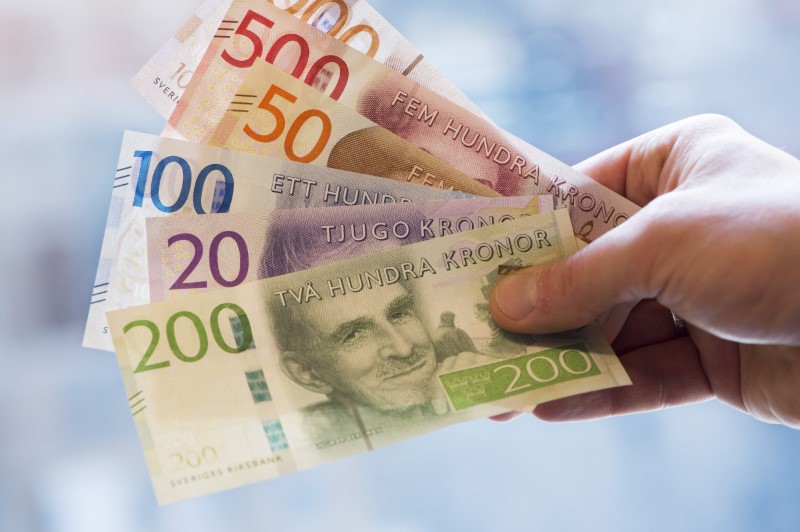Capstone Holding Corp. lowers convertible note conversion price to $1.00
Investing.com -- So far this year, Germany’s stock market has surged more than 15%, with the DAX index outperforming global counterparts and posting gains well above its historical average.
According to Bank of America (BofA) strategists, this strong performance “shows [the] market’s optimism on the fiscal reform to come after this week’s German election.”
Still, the bank’s economists remain more cautious. They predict that the best-case election scenario would result in a one-time stimulus for the current year, which might take longer to impact growth data.
Thus, BofA’s equity strategists recommend underweighting German equities following the market’s overshoot. Recent polls indicate the possibility of smaller parties surpassing the 5% vote threshold, potentially leading to a more fragmented election outcome.
BofA sees the potential for a disappointing election result regarding hopes for substantial fiscal reforms. To hedge against this risk, they suggest considering G10 FX – the foreign exchange (FX) market for the currencies of the Group of Ten (G10) countries.
Within the EUR/G10 FX pairs, the EUR/SEK pair currently shows the most significant three-month correlation with the DAX index at -88%, BofA highlights.
“This correlation has reached a historically stretched level, as the average correlation between the two would be around -23%,” FX strategists Vadim Iaralov and Howard Du said in a note.
“In addition, market is expressing uncertainty over German election outcome in volatility space primarily in EURSEK but risk premium is low,” they added.
BofA holds a long position on a three-month 11.40-strike EUR/SEK call. They believe that while EURUSD might experience modest depreciation in the event of an unsatisfactory election result, EUR/SEK could potentially rally more robustly.
This stance is supported by a recent selloff in EUR/SEK driven by German election optimism, the prospect of a Ukraine peace deal, and short SEK positioning.
The recent selloff in EUR/SEK has already triggered a contrarian bullish signal in BofA’s quantitative model, as the spot price historically tends to rebound once the spot-to-50-day Simple Moving Average (SMA) ratio drops below 0.98.
“3m EURSEK vol is cheap on a 5-handle, and we like owning 3m 11.40-strike EURSEK call on the back of the bullish quant signal and as hedge for the German election,” strategists said.
The firm initiated the EUR/SEK call trade on February 11, 2025, with an entry at 0.57% EUR, which currently stands at 0.308% EUR, and is set to expire on May 9, 2025.
BofA notes that the risk to their trade includes the potential removal of tariff threats on Europe and a continuation of positive risk sentiment, which could further pressure EUR/SEK.
